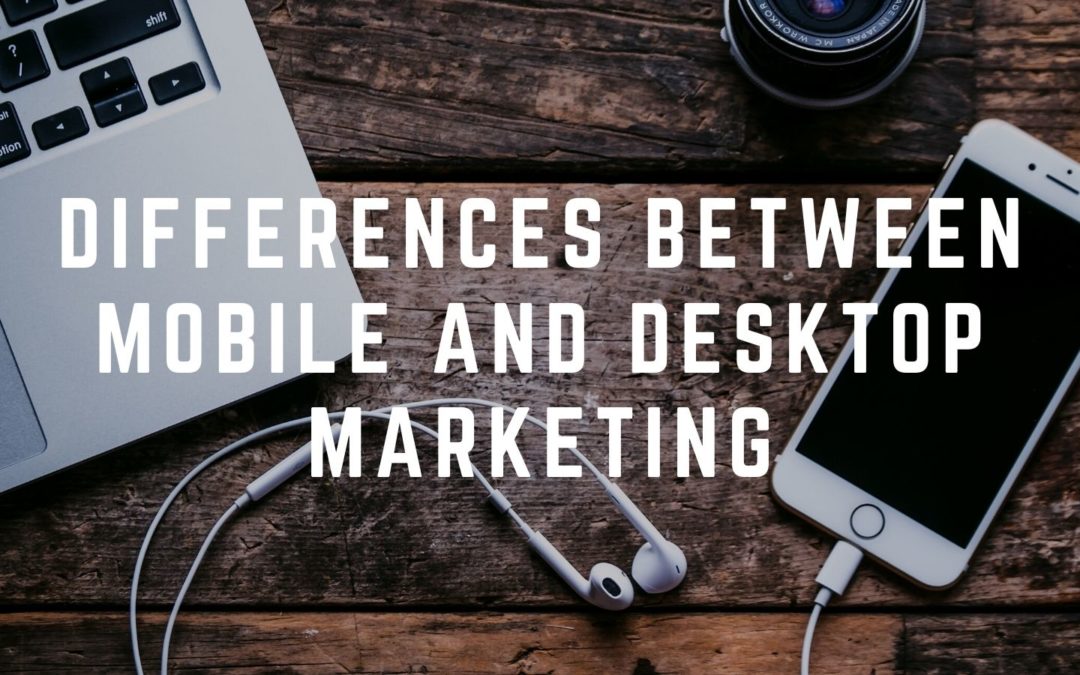As mobile devices become the consumer’s primary tool for accessing the web, mobile marketing performs better than desktop marketing. As a result, it’s important to understand the major differences between the two and why one might work better than the other, depending on what you’re trying to accomplish.
User Behavior
When developing mobile marketing strategies, it’s important to nail down the behavior you want to elicit from the consumer. The more you know about your potential customer, the more you can tailor your offer to them and ensure the success of your campaign. Those who are using mobile devices are behaving differently from those using a desktop.
Length of Content
For desktop marketing, long-form content can be very impactful. Unfortunately, that isn’t really the case with mobile marketing. When developing content for mobile devices, it’s best to keep it short and include more graphic elements, such as photos and videos to attract attention.
Ease of Use
When developing content for mobile devices, it’s important to ensure it’s easy to navigate. If you want your consumer to visit your website and learn more about your product or schedule a visit with you, make it as easy as possible for them to do so right from their mobile device.
Location Targeting
The specific geolocation of your consumer can play a large role in getting your targeted content to them. A desktop doesn’t always make it easy to access a user’s geolocation, but a mobile device can. As a result, it’s much more useful to utilize geolocation targeting when creating mobile marketing content.
Sharable Content
Studies indicate that mobile device users share content much more than those using a desktop. When creating content specifically for mobile marketing, you should do your best to make it as shareable as possible so you can reach more people.
Timing
Desktop and mobile marketing are successful at different times of the day. Consumers tend to spend more time on a desktop during the workday and a mobile device in the evenings, so keep this in mind when planning a time to send out your content. In addition, if you’re promoting a business-to-business offer, you’re going to want to time your approach differently than you would if you were trying to reach a consumer.
Mobile and desktop marketing can both be useful promotional techniques, but it’s important to understand the differences so you know when to use each one.

